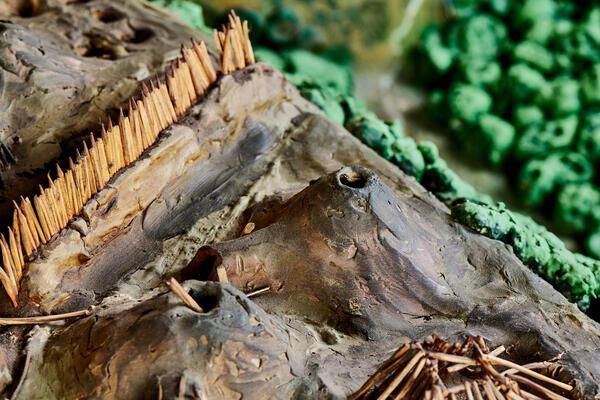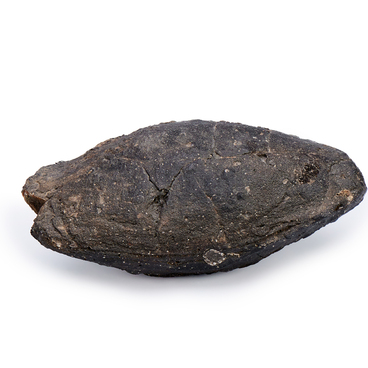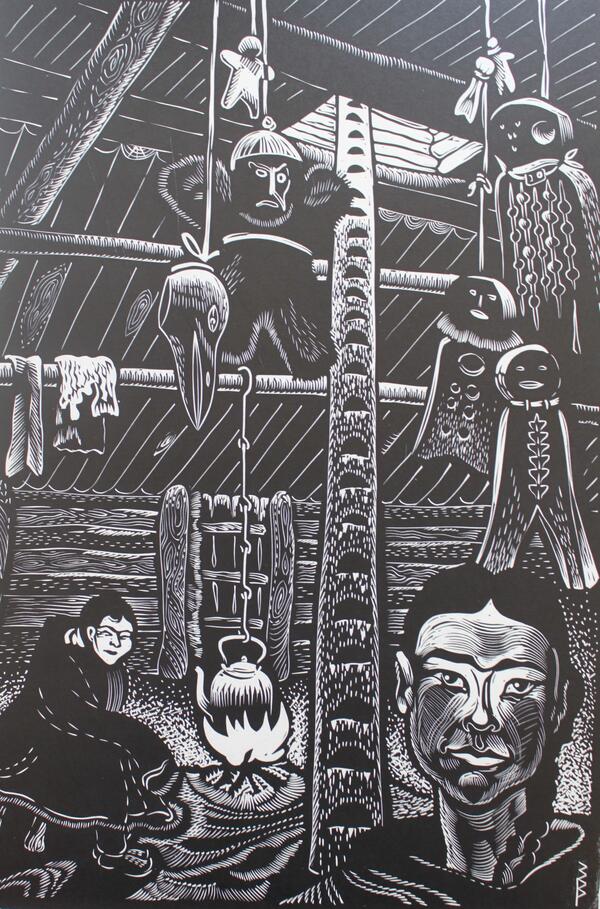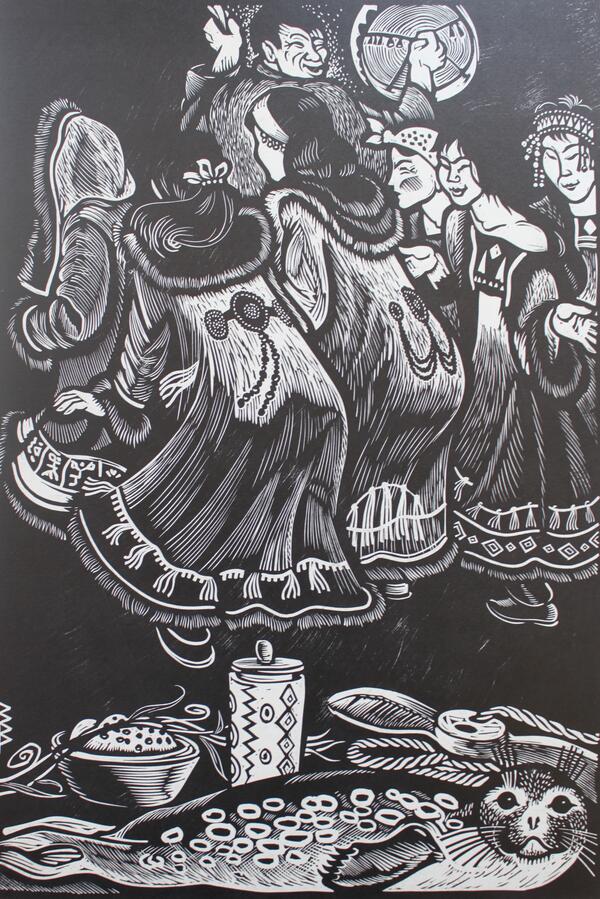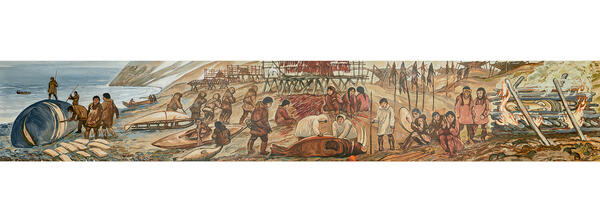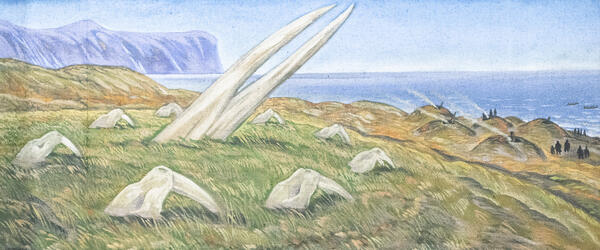Itelmens are the oldest indigenous people of Kamchatka. The earliest monuments of Itelmen culture are more than 5000 years old. At the end of the 17th century, before Russians arrived, they inhabited the whole of Southern and Central Kamchatka — from the Golygina River in the south to the Tigil and Uka Rivers in the north.
The main occupation of the local people was fishing, which determined the choice for their settlement sites. They were located near rivers rich in fish, on uplands that were not subjected to seasonal floods. The Itelmen settlements up to the 1740s represented family communities. They settled along one river and were connected by blood kinship, as well as by shared fishing grounds.
Most settlements (ostrozhki) were small and had an average of 20 to 100 inhabitants. The buildings were located randomly. Georg Wilhelm Steller, a German physician and traveler who worked in Russia in the 18th century, wrote, that in Kamchatka “before the Russians came, all the settlements were always surrounded on all sides by fences or earthen ramparts, and also by stones for the purpose of at least some protection from attack”.
The Itelmen’s dwellings were described in detail
by Stepan Petrovich Krasheninnikov, an 18th century explorer of Kamchatka,



